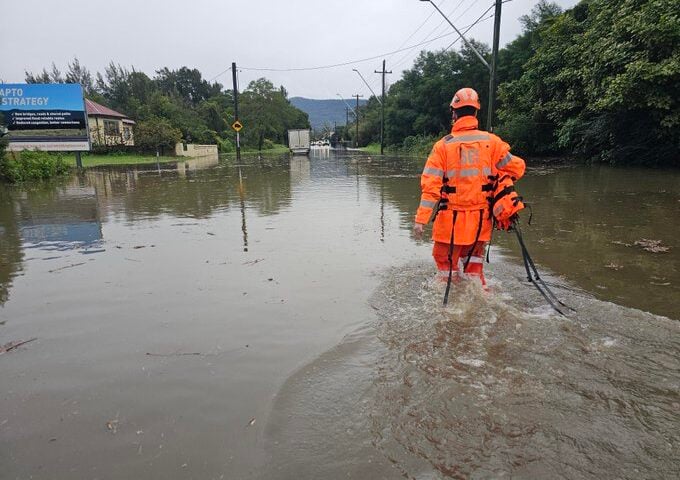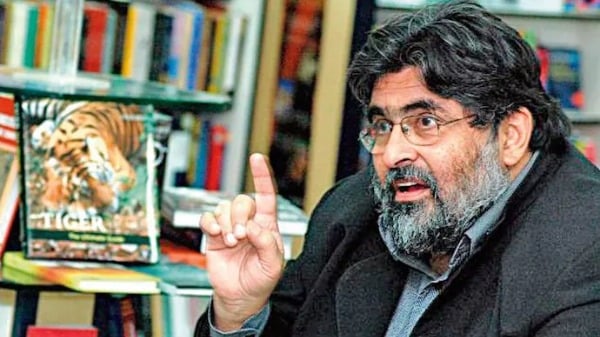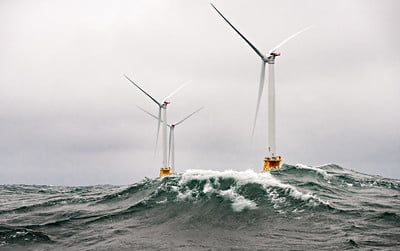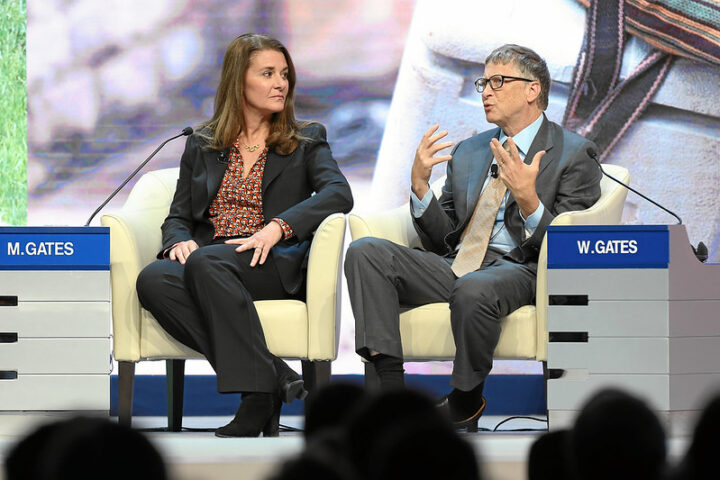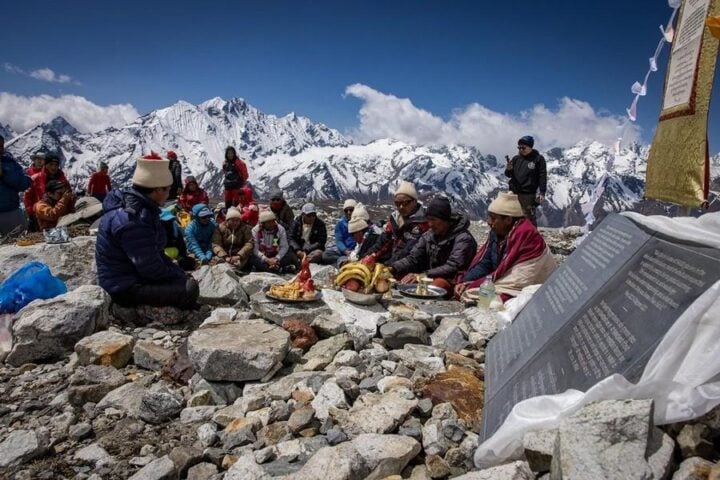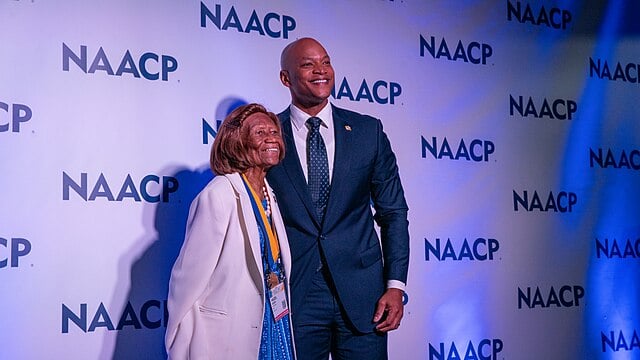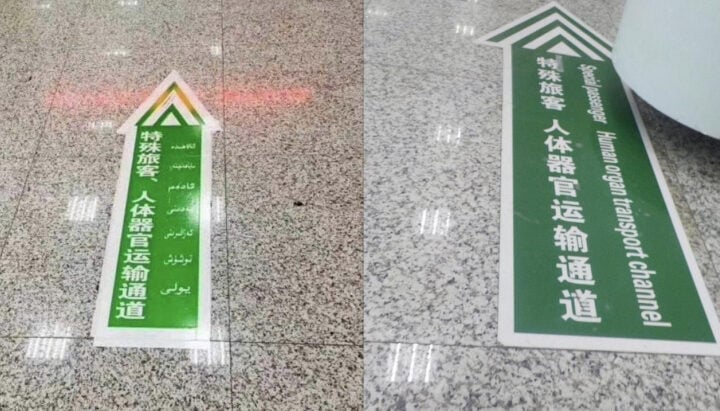After the Fukushima Daiichi nuclear disaster of 2011, Japan was forced to move away from nuclear power and in its place, embraced coal as a major energy source. Over the past several years, Kimiko Hirata’ s grassroots company led to the cancellation of 13 coal power plants (7GW or7030 MW) in Japan. These coal plants would have released more than 1.6 billion tons of CO2 over their lifetime. The impact of Hirata’s activities is the equivalent of 7.5 millions of passenger cars off the roadways every year for 40 years.
In March, 2011 a 9.0 magnitude earthquake & subsequent tsunami ravaged Japanand caused the dramatic meltdown of the Fukushima Daiichi nuclear power plant on the island nation’s eastern coast. After the disaster, all of Japan’s nuclear plants were shut down and with nuclear power supplying only 25% of the nation’s power, an energy crisis ensued.
Under pressure to increase power generation, the Japanese Government sought to bring back coal power & started bids for the construction of coal power plants throughout the country. Japanese companies have been investing in coal power plants and they were eager to take advantage of the energy crisis to expand coal production in Japan. The result was that by 2015, 50 new coal plants were planned.
Meanwhile Japan became the fifth largest carbon emitter in the world, the third largest importer of coal & the only G7 nation with a pipeline of new coal power projects. Coal is the dirtiest form of energy, the most efficient coal technology emits almost twice as much CO2 as power production based on natural gas, itself a fossil fuel.
Kimiko Hirata, 50, is the international director & a founding member of the Kiko Network, a Japanese NGO, dedicated to halt climate change. She was inspired to become a climate activist in the 1990s, after reading Al Gore’s Earth in the Balance. Learning about the dangers of Climate Change, she quit her job at a publishing house to join the environmental movement. In 1997 she participated in the Kyoto Climate Summit at which she supported Japanese civil society to support halting CC(climate change) through media engagement. After working on the Kyoto Agreement, Hirata decided to dedicate her life to addressing the problem of CC. She is now also an Associate Professor of the Chiba University of Commerce, which has Japan’s first 100% renewable initiative.
Facing a new coal power plant boom, with an onslaught of proposed projects throughout Japan posing major climate risks, Hirata turned to fight against coal & launched a sophisticated, multi- pronged national anti-coal campaign. She set up a team at the Kikongo Network develop a website to track proposed coal plants and inform activists & media, created a network of citizen activists in key sites where coal power projects were proposed, and collaborated with scientists, professors, lawyers, pollution experts, journalists, local community leaders & other NGOs to raise an awareness about the hazards of coal power.
Hirata spoke at the public hearings and organized community members at proposed coal sites to voice their concern about hazards of coal power. She succeeded in getting thousands of supporters to gather at public hearings, which is unusual as few Japanese care for such things. She brought in experts to highlight the risks of coal plant development. Working with Greenpeace, she released a report that found the proposed coal plants would cause more than 1000 deaths annually in Japan, and she enlisted support by the Sustainable Finance Programme at Oxford University and the Carbon Track to conduct an investment risk analysis for new coal plants.
Hirata also built relationships with anti-coal activists outside of Japan and put pressure on the country on the international stage. With the help of NGOs of USA & Europe she was able to halt 13 proposed coal projects. This was a great achievement for a person, especially a woman as Japan is traditionally a male-dominated nation. For this monumental work Kimiko Hirata was awarded the coveted Goldman Prize for Environment in 2021.



